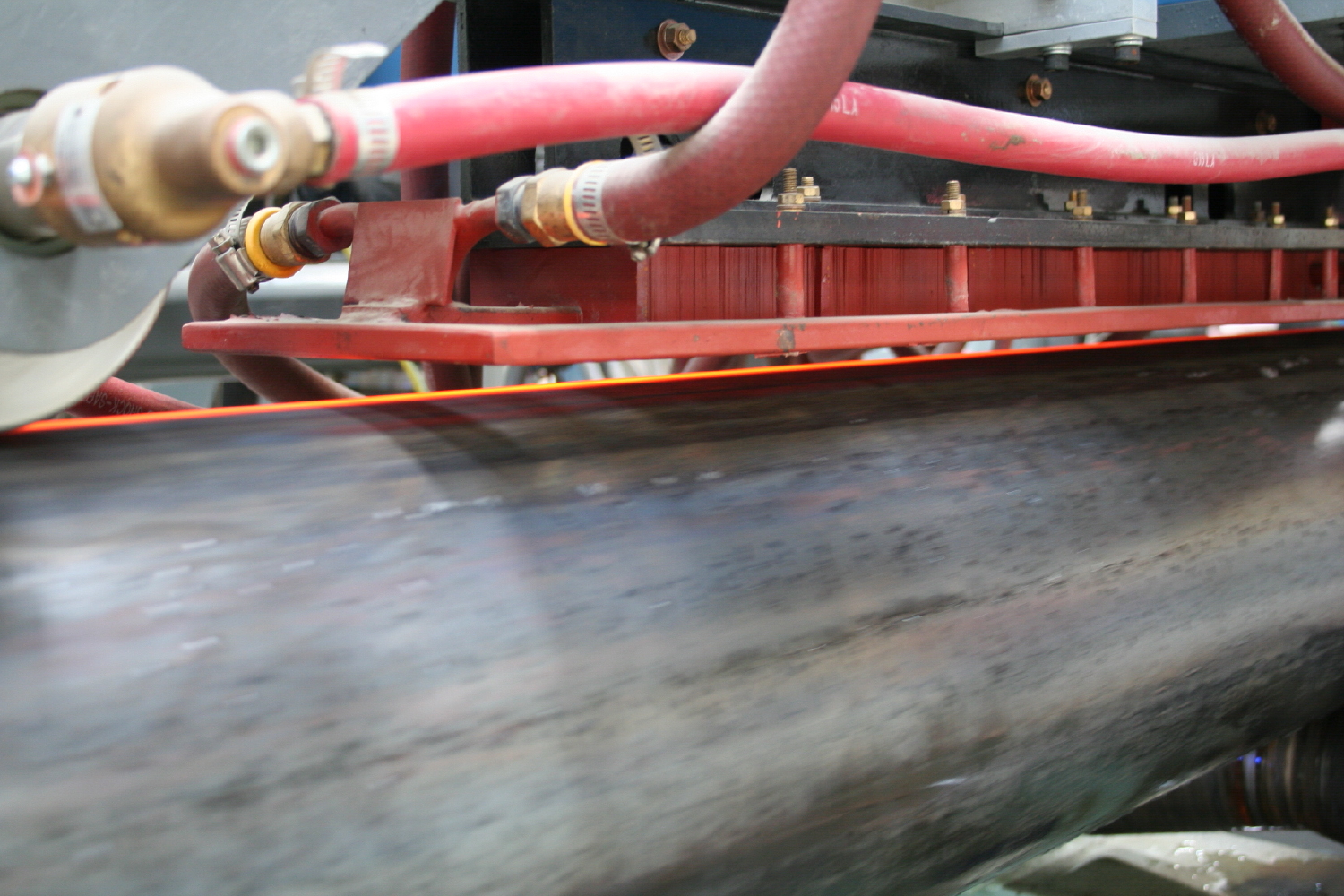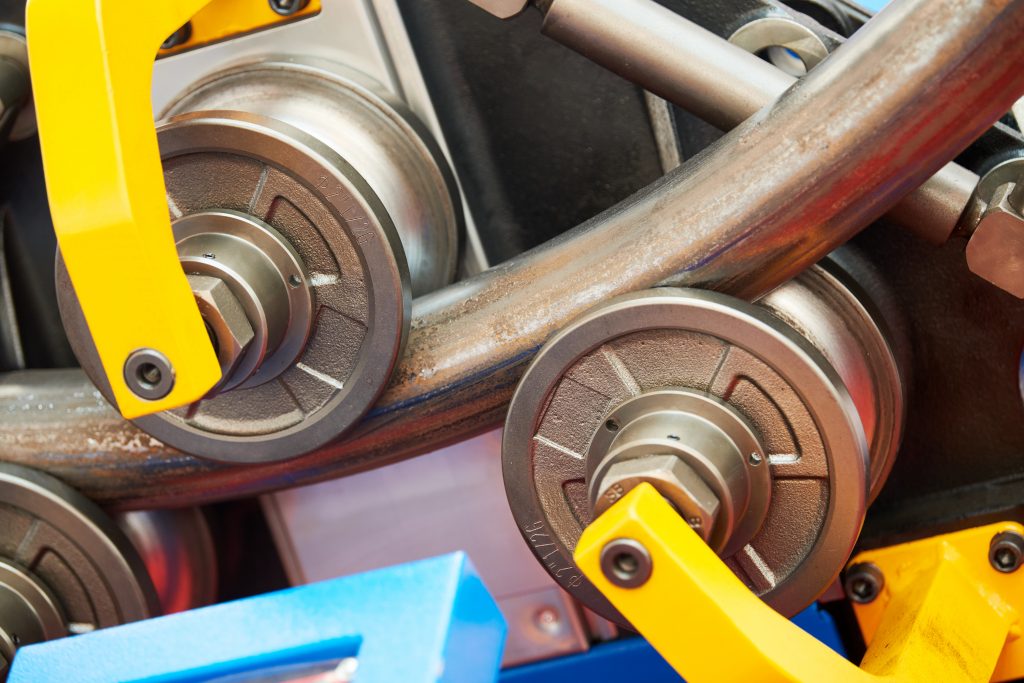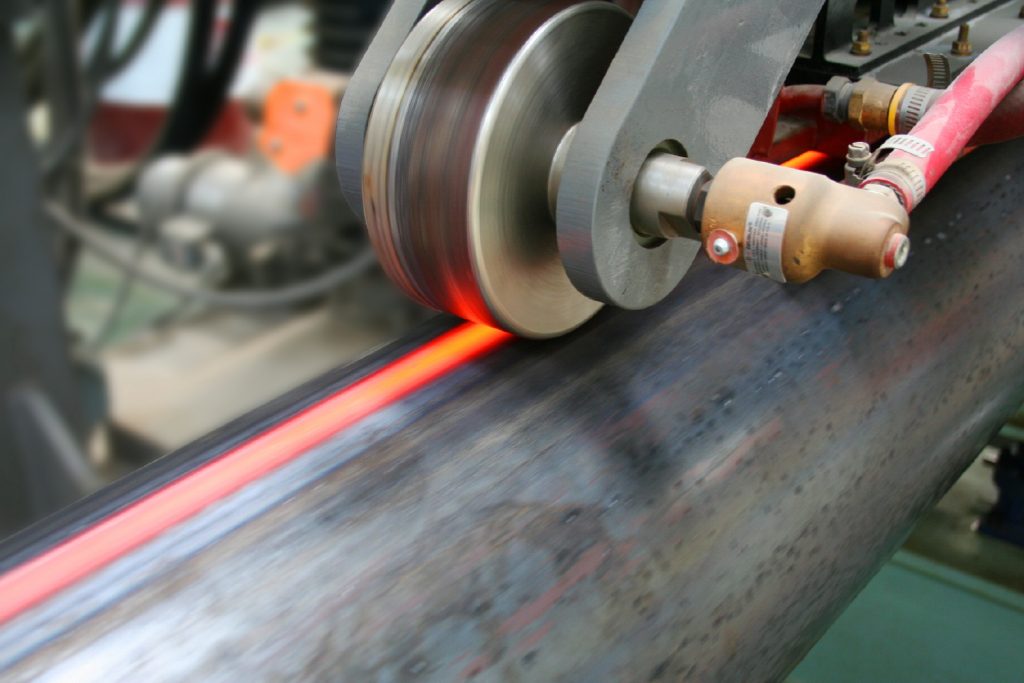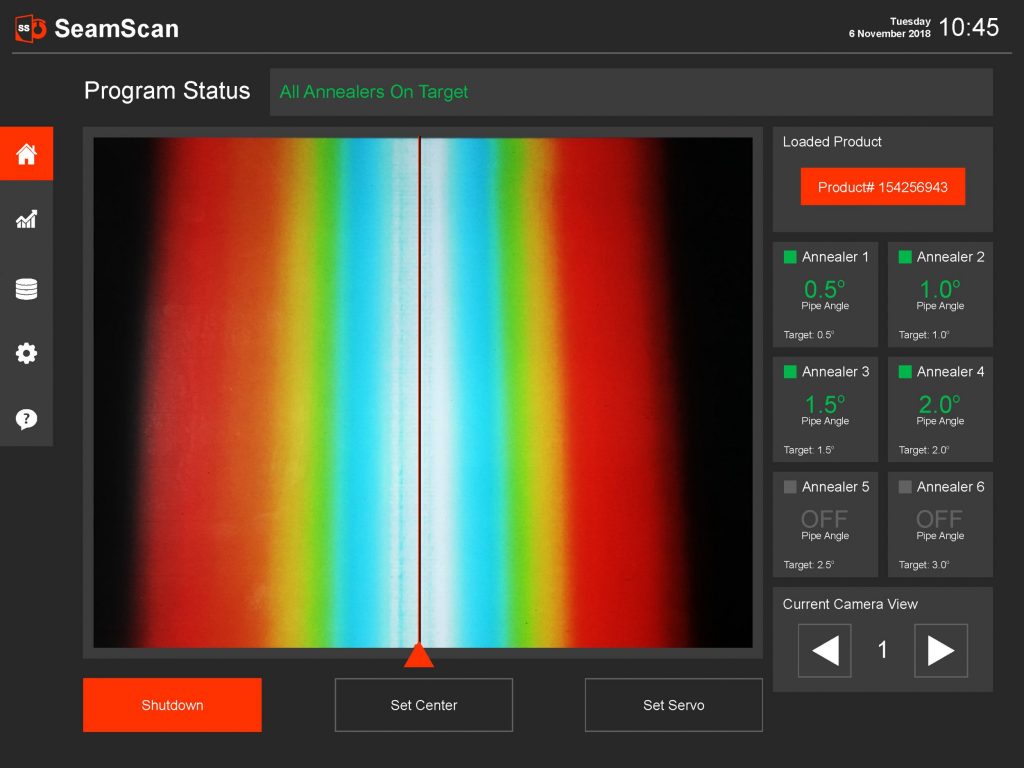
Why Induction Annealing is an Integral Step in Pipe, Tube and Wire Production
If you’ve ever looked closely at your vehicle’s air conditioning system or engine radiator, you might have noticed lots of tightly woven aluminum tubing. Whether forming an intricate tube design, massive, durable pipes or thin, conductive wire, metal production is a multi-stage science. Understanding how the product will be used and the specs it needs to meet is essential for optimising your annealing equipment and processes, so you can deliver a quality product every time.
What is annealing and why is it important?
Forming metal into cylindrical pipe, tube and wire requires multiple phases of shaping and stretching to achieve the desired diameter and thickness. But the material can only be worked so many times before its natural crystalline structure is altered, and it becomes “work hardened.” Like the name implies, work hardening is when a metal has been processed several times and hardened to the point where it becomes brittle. Attempt to process work-hardened metal any further, and you’re likely to snap it or damage the dies used to draw the material into shape.

Annealing Process
Annealing is a heat-treating process that counteracts work hardening by changing the metal’s properties, restoring the material to its original crystalline structure and resilience. This critical step allows the metal to continue through additional shaping processes, ensures product integrity and makes transportation and storage practical. Annealing is used across many different metals industries from API Pipe Welding, Copper and Aluminium Tube production to Wire production and more.
Induction Annealing
More specifically, induction annealing uses (you guessed it!) induction heating to precisely control the temperature during the annealing process. It applies heat uniformly, precisely controlling the heating time and temperature to achieve the right properties for the product being produced.

What happens if pipe, tube or wire isn’t annealed?
Depending on the product, the consequences of not annealing can range from inconvenient to dire. Imagine trying to transport wire that breaks if bent. Such brittle material would have to be cut to straight lengths to fit a truck bed, train car or shipping container, never mind trying to piece it together to wire a building or car, or to transport electricity.
And that copper tubing that helps cool your vehicle’s engine (and passengers)? Without copper annealing, that copper could crush and snap at the manufacturer’s first attempt to coil it into the compact space under the hood.
Or, consider pipes used to transport oil and fuel. The American Petroleum Institute (API) sets rigorous standards for these pipes because they must withstand rugged terrain and intense pressure. A crack in the weld seam could lead to a catastrophic spill.
Whatever form the metal must take, annealing removes undesirable hardness, so wire can be spooled onto reels for easier transportation and storage, so copper tubing becomes malleable to form tight turns and so API pipe has durable, reliable welds.
Choosing the right equipment
The purpose of the finished product helps guide the annealing process and what type of equipment is best suited to yield the required specifications. Annealing equipment uses gas, electric or induction to generate heat. Here’s what you need to know about each.
Gas
Gas-powered heating elements burn gas to create heat. It’s common in batch furnaces, where an operator can load multiple wire or tube coils or a basket of components into the furnace to heat for a longer period. These workhorses are popular because of their lower price point, large load capacities and component range compatibility. On the downside, gas furnaces require preheating to achieve the appropriate temperature for annealing and lack precise temperature control.
Electric
Resistance electric converts electrical current into heat and is another popular style of batch furnace. Similar to their gas-powered counterparts, these models are available at lower prices, accommodate large loads and are flexible in component range. While the electric coils heat faster than gas-powered models, they also hold heat longer, making it difficult to achieve precise temperatures for set intervals.
Induction
Induction uses coils to create a continually fluctuating magnetic field that generates an electrical current and, subsequently, heat. While the technology often comes at a higher price, it reaches temperature quicker (and therefore more efficiently) than gas or electric. It offers precision heat affected zones (HAZ) and meticulous temperature control to ensure process repeatability. As an added bonus, it can be positioned in-line to other manufacturing processes to save floor space, reduce secondary handling time and processing time and eliminate duplicative handling equipment. When product specs require exact parameters, induction annealing delivers.

Whatever your application, consult with a trusted expert to identify the right annealing equipment for your unique process and product specifications.




